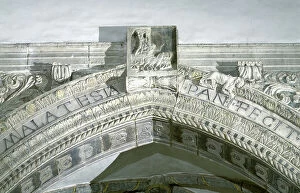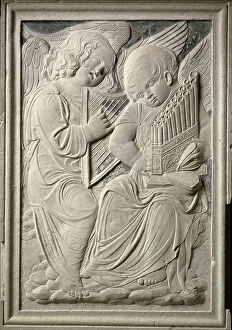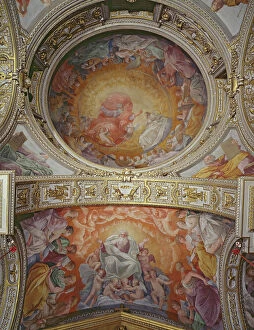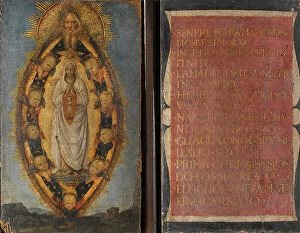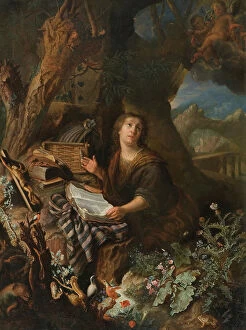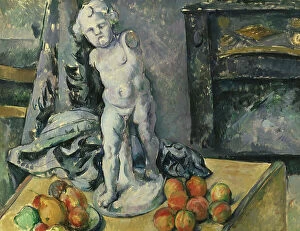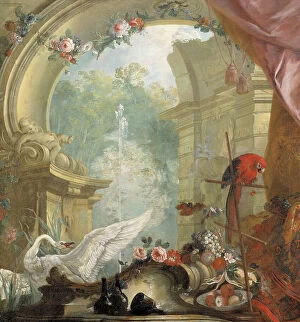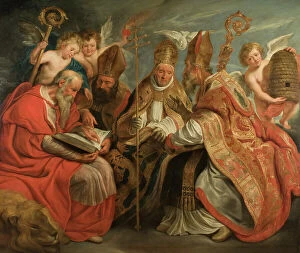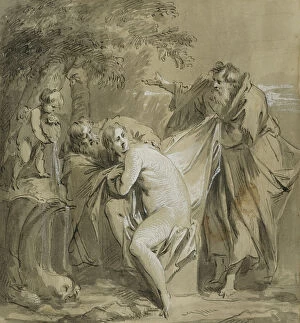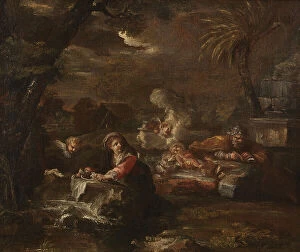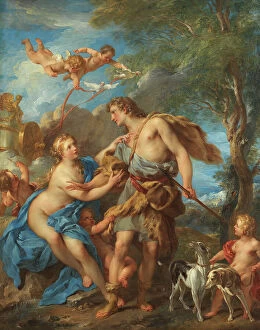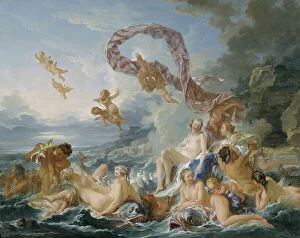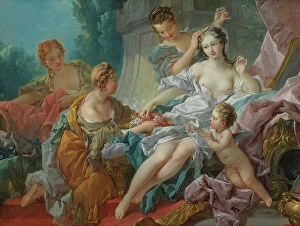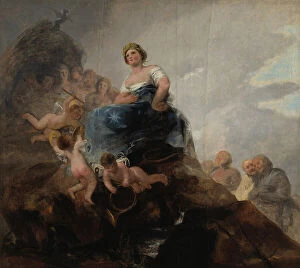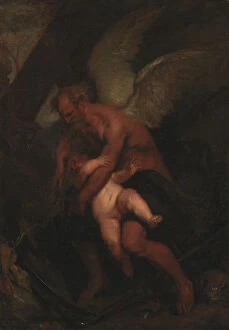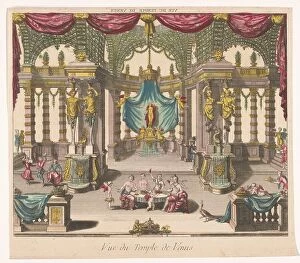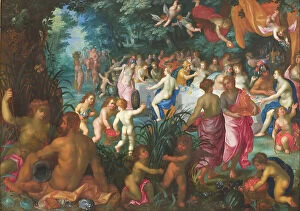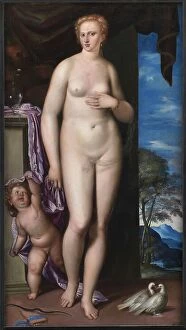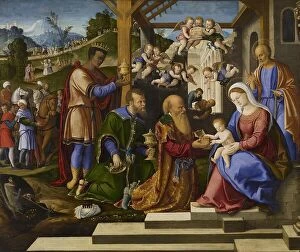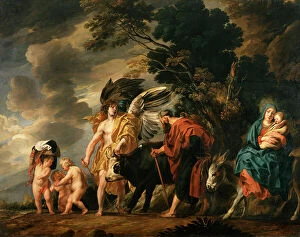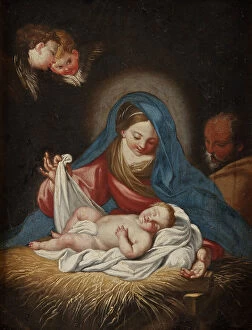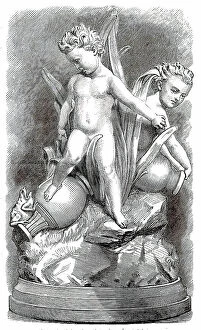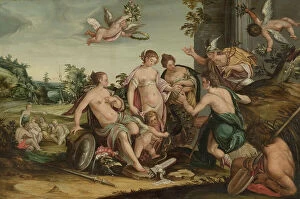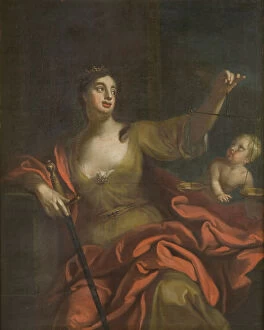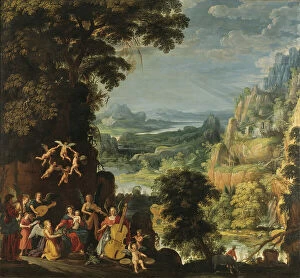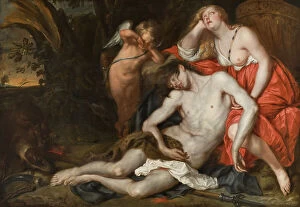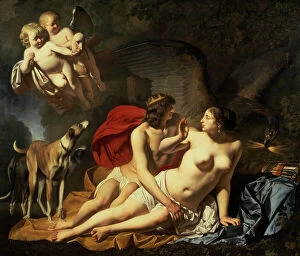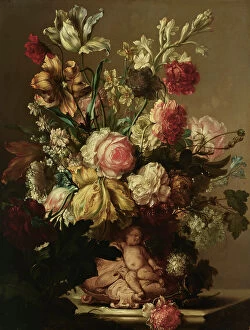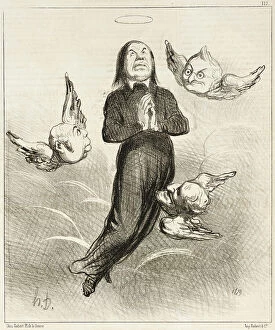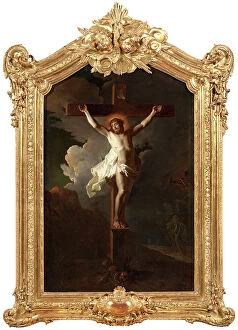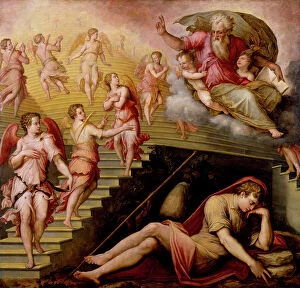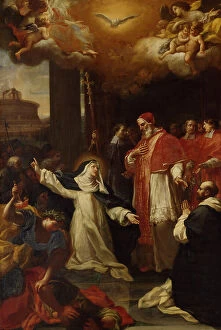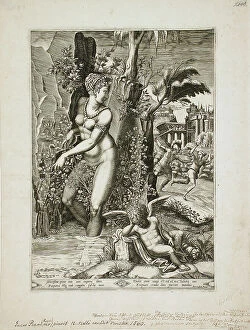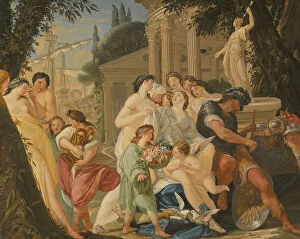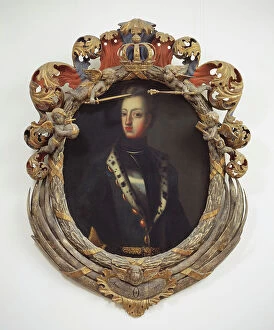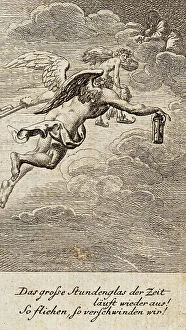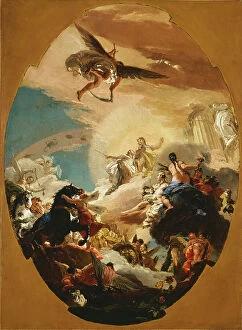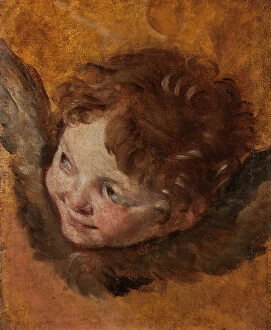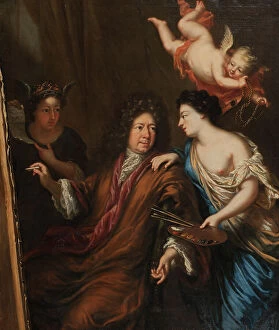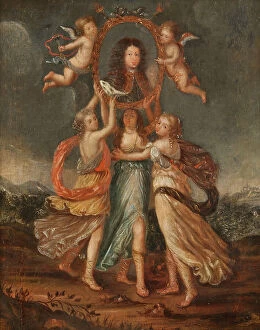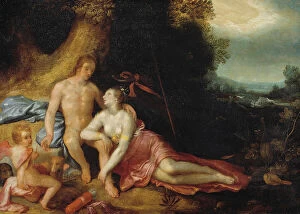Cherubim Collection (#4)
Cherubim, celestial beings depicted in various forms of art throughout history, have captivated the imagination and inspired awe
For sale as Licensed Images
Choose your image, Select your licence and Download the media
Cherubim, celestial beings depicted in various forms of art throughout history, have captivated the imagination and inspired awe. From ancient biblical texts to Renaissance masterpieces, these angelic figures have left an indelible mark on artistic expression. In Alexandre Cabanel's iconic painting "The Birth of Venus" from 1875, cherubim surround the goddess as she emerges from the sea, adding a touch of ethereal beauty to this classical scene. Their presence evokes a sense of divine protection and grace. The Hebrew Bible also mentions cherubim prominently. In Perpignan's Kingdom, a stunning depiction dating back to 1299 showcases these heavenly creatures with their wings outstretched in reverence and adoration. They serve as guardians of sacred spaces and symbolize spiritual enlightenment. St. Luke Painting the Virgin by an unknown artist in 1602 portrays cherubim hovering above Mary as she is being painted by St. Luke himself. These celestial beings bring forth inspiration and guidance for artists seeking divine intervention in their creative endeavors. Depictions such as Antonio d Este's "Deposition" after 1800 show cherubim mourning alongside humans during moments of grief and loss. Their presence offers solace and reminds us that even amidst sorrow, there is hope for transcendence. Hannah Humphrey's publication "The Twin Stars, Castor and Pollux" from 1799 features cherubic figures guiding these mythical twins across the night sky—a testament to their role as messengers between heaven and earth. Even Queen Elizabeth I found herself immortalized alongside cherubs in her old age portrait circa 1610. The inclusion of these heavenly beings emphasizes her divinely ordained status as a ruler chosen by God. Jan Wierix's copy of "Melencolia I" from 1602 showcases melancholy personified with cherubs surrounding her figure—perhaps indicating that even sadness can be accompanied by celestial comfort.

